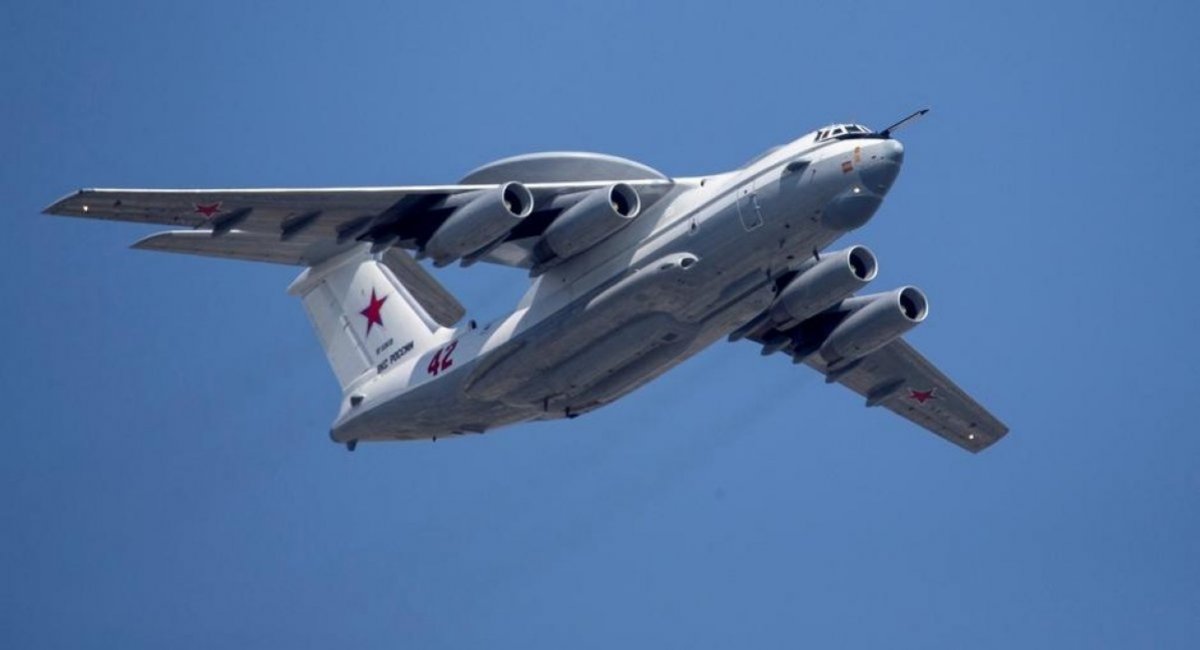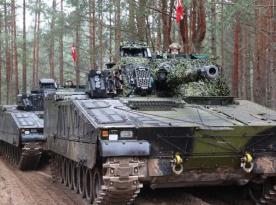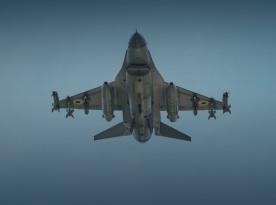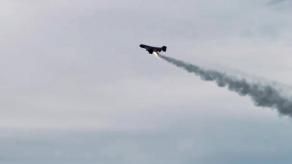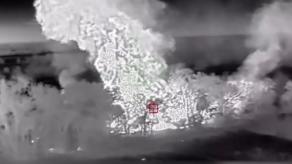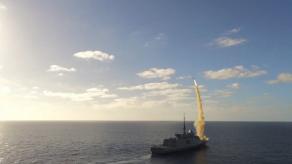Rostec, russia's state-owned arms industry conglomerate, has announced plans to resume production of A-50 airborne early warning and control systems. The company's representative told russian media that the airborne radar is "in demand from the russian VKS" (Aerospace Forces) and its "exports are going well."
Defense Express provides an assessment of the expected production rates, may Moscow really commit to cranking up the old lines. After all, the last known aircraft of the baseline A-50 type was rolled out of the factory premises back in 1990. Let's take a look at the chain of production and estimate the amount of time needed to make one A-50 or a modernized A-50U.
Read more: Satellite Images Indicate that russian A-50 Aircraft Are Inoperable
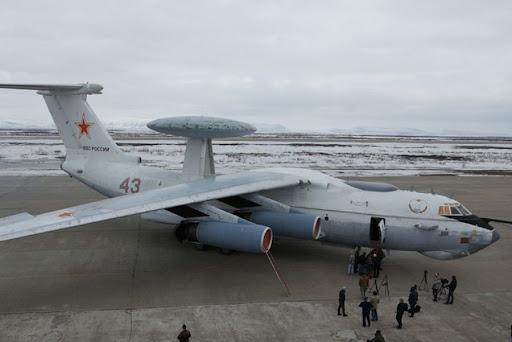
Airborne Radar More Complex to Make Than a Strategic Bomber
Those who tried to explore the topic previously, have found out that a total of 27 A-50 AEW&C systems were produced from 1981 (the actual start of serial production) to 1990, and no recordings have been found of any A-50 produced since then, as concluded by russian analysts from military-themed media. That makes an average of three aircraft per year. Some also state the number of "nearly 30" or 31 aircraft produced overall, though this data likely includes the Il-976 SKIP specialized surveillance aircraft, sometimes called an "airborne laboratory."
The supply chain of A-50 production involved two major enterprises: the aircraft manufacturing plant in Tashkent where the Il-76 jets were produced, and the Beriev Aircraft Company where these jets were equipped with radars and transformed into A-50s.
There's also a statement that one A-50 cost $250 million in the 1990s for the armed forces of the russian federation, and that making one such airborne radar system was 5 to 6 times more laborious than producing a Tu-160 strategic bomber or an An-124 strategic airlift.
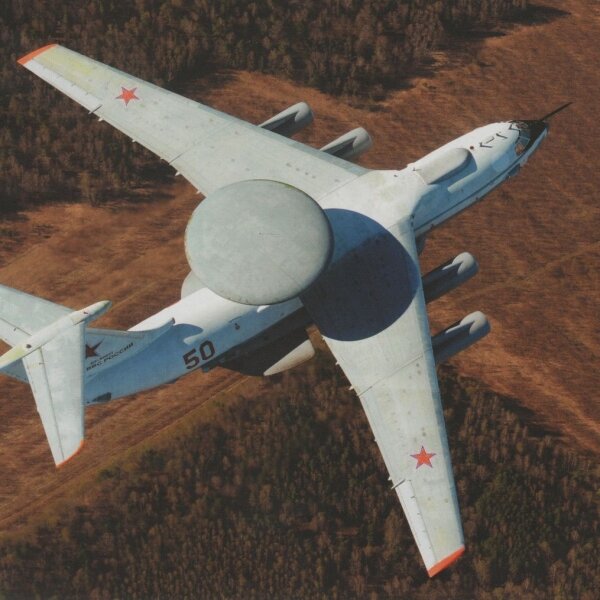
Modernization is Several Times Slower
For making the upgraded A-50U version, russians only used the A-50s in active service. The first modernized A-50U was commissioned into the Aerospace Forces of russia in 2021. Considering the russian VKS had seven A-50U aircraft in service at the beginning of 2022 (or six, according to The Military Balance 2022), it took 1–2 years to complete a modernization of one aircraft.
At the same time, there could be at least a dozen A-50s in storage, some of them potentially used as source of spare parts, and some may facilitate the production of formally new units once the assembly lines are restarted, thus accelerating the appearance of new jets.
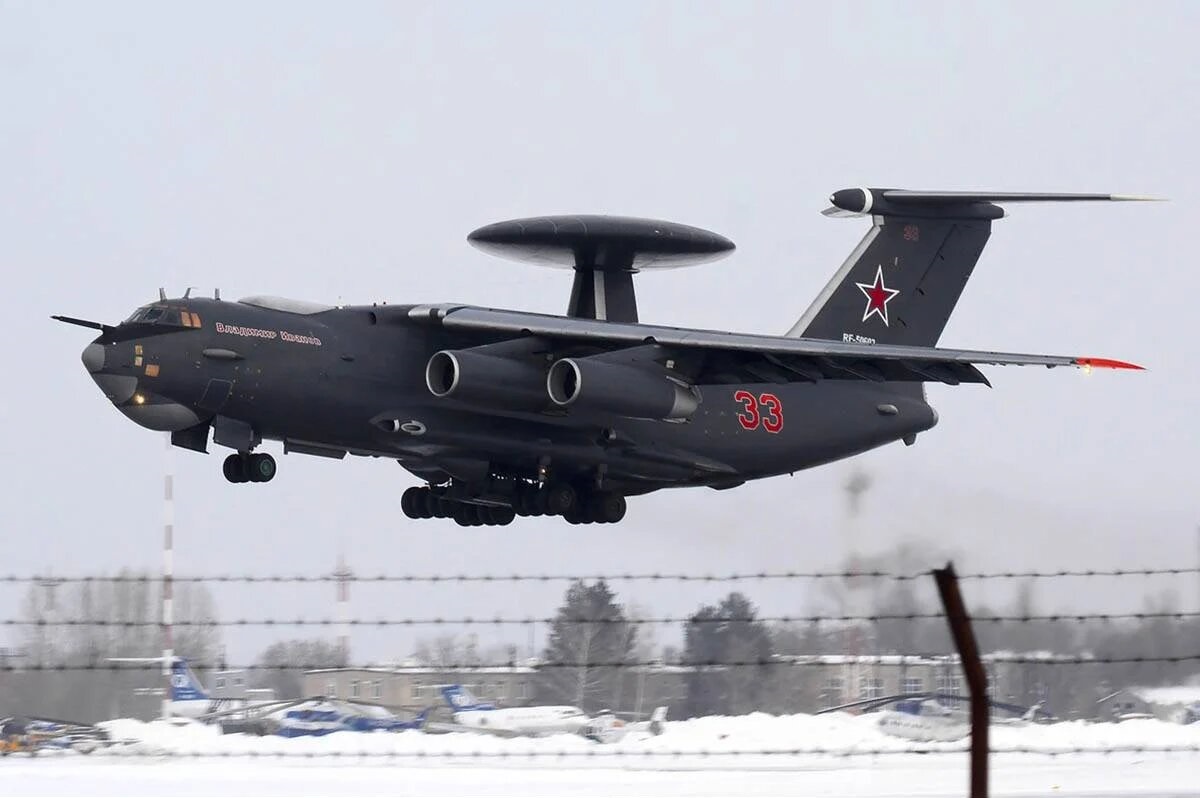
Another issue we should bring up here is where the russians are planning to take Il-76 aircraft to convert them into flying radars, if they want to revive the A-50 production. Currently, the rates of making new Il-76s are fairly low, peaking at 5 or 6 aircraft in 2023, according to foreign estimates.
On the other hand, for obtaining radar equipment and electronics, Moscow can always turn to foreign partners for help. Particularly, the similarities between the russian A-50 and Chinese KJ-2000 AEW&CS have been a focal point in discussion of military analysts, potentially indicating the Chinese product is a copy of the russian analog. The People's Republic of China has 28 KJ-2000s in service.
Earlier, Defense Express reported the findings by OSINT researchers that some of the russian A-50s are completely inoperable, as satellite photos reveal them parked at airfields without engines and not ready for operations.
Read more: Ukrainian Forces Shoot Down a russian A-50 Aircraft Over the Krasnodar Krai



